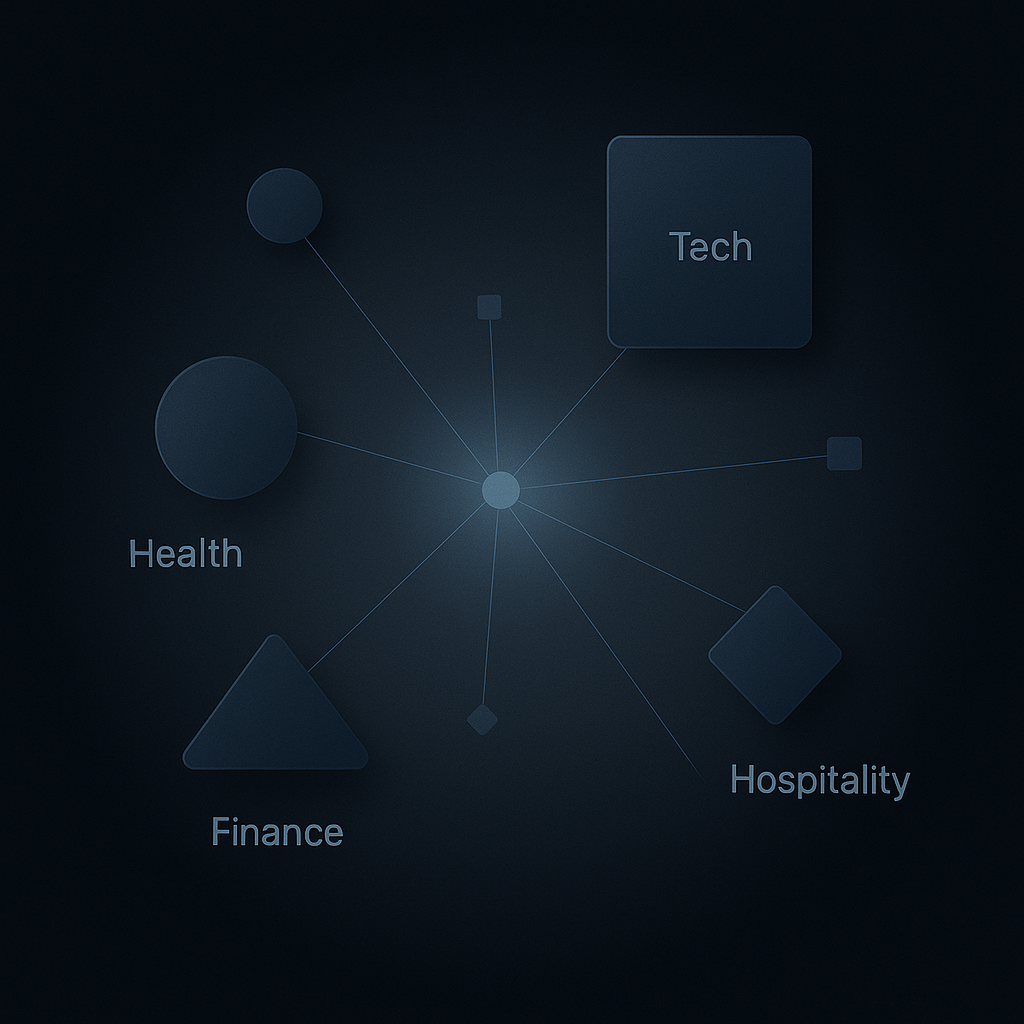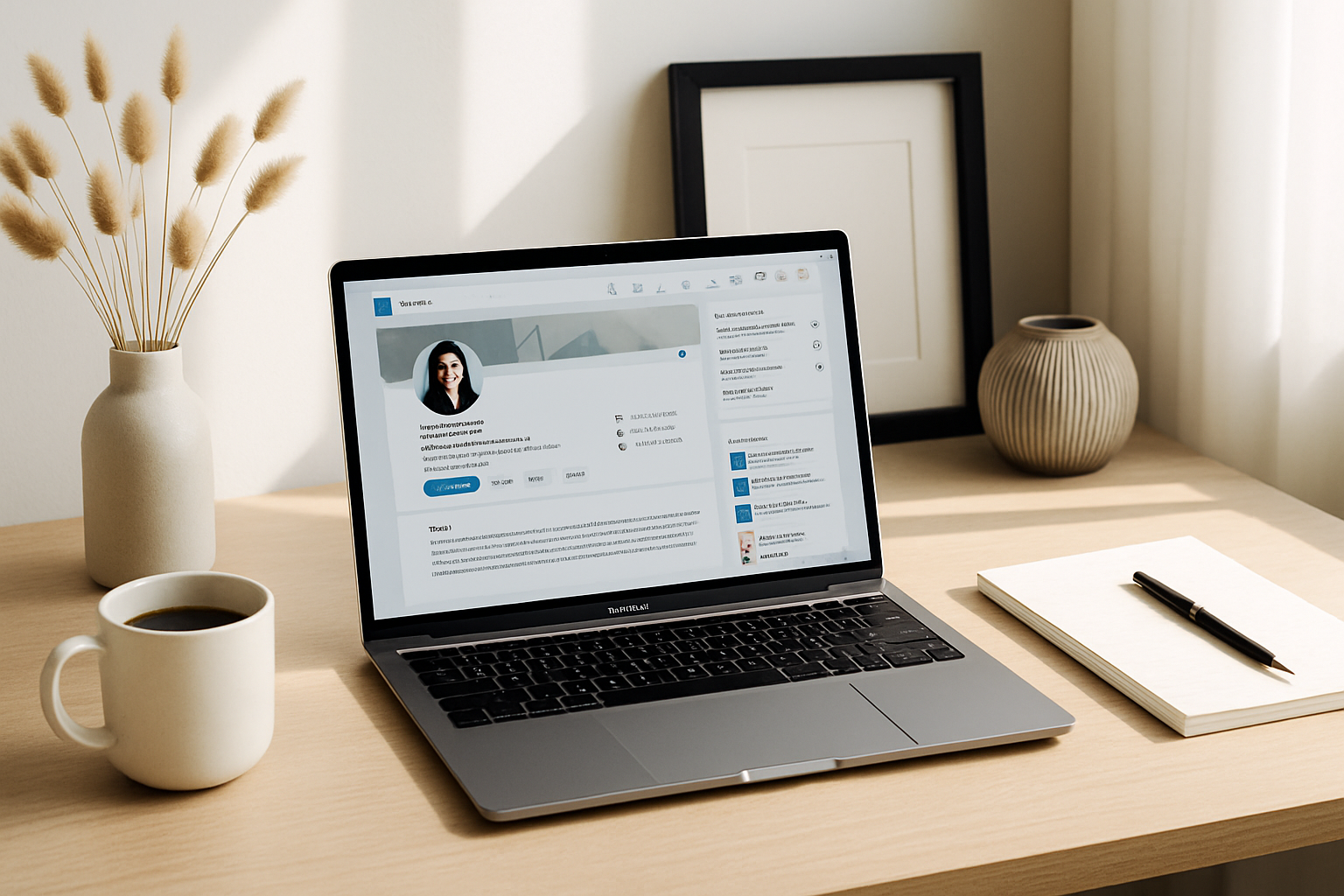LinkedIn Thought Leadership Strategy for 2025
In 2025, LinkedIn is more than just a professional networking platform—it’s a dynamic publishing ecosystem, a credibility engine, and a powerful amplifier for personal brands. Whether you’re a founder, subject matter expert, or a rising voice in your industry, building influence on LinkedIn isn’t optional—it’s strategic. But the way we define and execute “thought leadership” has evolved. Here’s how to lead with value, not vanity, on LinkedIn this year.
From Posting to Positioning: The Shift in 2025
Gone are the days when a motivational quote and a selfie with your morning coffee counted as “content.” In 2025, thought leadership means consistently publishing ideas that spark conversation, solve problems, and spotlight your unique worldview. LinkedIn’s algorithm now favors depth, nuance, and meaningful engagement over virality for virality’s sake.
The focus has shifted from “How often are you posting?” to “What strategic position are you owning in your industry’s conversation?”
Step 1: Define Your Narrative Arc
Effective thought leaders don’t just share ideas—they share narratives. A compelling LinkedIn strategy starts with clarity on what you stand for, what future you’re helping shape, and what insights only you can offer. Think beyond your job title:
- What problems do you care about solving?
- What outdated assumptions are you challenging?
- What future are you trying to build—and for whom?
This narrative becomes the throughline that ties all your content together, whether it’s a video post, carousel, comment, or article.
Step 2: Choose Strategic Content Formats
In 2025, LinkedIn continues to prioritize native content formats—meaning posts that live on the platform, not links that send users away. The most effective formats this year:
- Carousel Posts: Multi-slide visuals that explain frameworks, walk through processes, or highlight key stats.
- LinkedIn Newsletters: Regularly published longform content that builds loyal readership within your niche.
- Video Insights: 60- to 90-second clips offering hot takes, trends, or quick how-tos—especially strong for voice and personality.
- Comments + Replies: Underrated strategy—engaging in others’ threads (with value) builds visibility and thought leadership just as fast as posting.
Keep in mind: engagement trumps reach. A post that sparks 12 meaningful replies is worth more than 100 hollow likes.
Step 3: Anchor Your Expertise in Data and Experience
There’s an overabundance of opinions on LinkedIn—but what sets true thought leaders apart is how well they back them up. When you share a bold statement, ground it in:
- Data: Industry trends, research reports, internal analytics
- Experience: Case studies, client results, personal lessons learned
- Perspective: Contrarian takes that are still rooted in reality
This transforms your content from “personal update” to “industry insight”—and that’s what LinkedIn rewards.
Step 4: Build a Signal, Not Just a Following
LinkedIn is full of noise. What cuts through is consistency. When someone visits your profile, they should instantly grasp:
- What you care about
- What industry or niche you shape
- Why someone should follow you
Make sure your headline, about section, and top posts are aligned. Use keywords that match what your ideal audience is searching for, not just buzzwords. Curate your featured content. And keep your publishing cadence steady—even once a week is enough if it’s strategic.
Step 5: Engage Like a Leader, Not a Broadcaster
Thought leadership isn’t a monologue—it’s a dialogue. Spend as much time commenting on others’ content as you do creating your own. Ask questions. Acknowledge good points. Elevate lesser-heard voices in your space. When your name shows up in smart places, it reinforces your own credibility.
Pro tip: Use LinkedIn’s “bell” feature to follow other thought leaders and get notified when they post. This helps you engage early and meaningfully.
Step 6: Collaborate to Multiply Your Reach
Partner with peers on joint posts, quote threads, interviews, and co-authored newsletters. Tag each other strategically (not spammy), and build network bridges between audiences. LinkedIn prioritizes relationship-based content and recognizes when two voices come together with mutual respect.
Bonus: Thought Leadership That Converts
Yes, you can drive business through LinkedIn—but not by pitching constantly. Instead:
- Share case studies framed as stories, not sales decks
- Invite DMs for deeper conversation
- Link to value-rich lead magnets in your featured section
- Ask for opinions and input on what your audience needs
The key to conversion is trust—and trust comes from repeated value.
Final Thought: Don’t Chase Influence—Shape It
In 2025, anyone can be a LinkedIn thought leader—but not everyone will earn attention the right way. It’s not about hacking the algorithm or shouting louder. It’s about owning your expertise, showing up with integrity, and publishing ideas that serve others.
The opportunity is massive. You don’t need a massive following. You need a focused voice, a clear point of view, and the courage to say something that matters.







